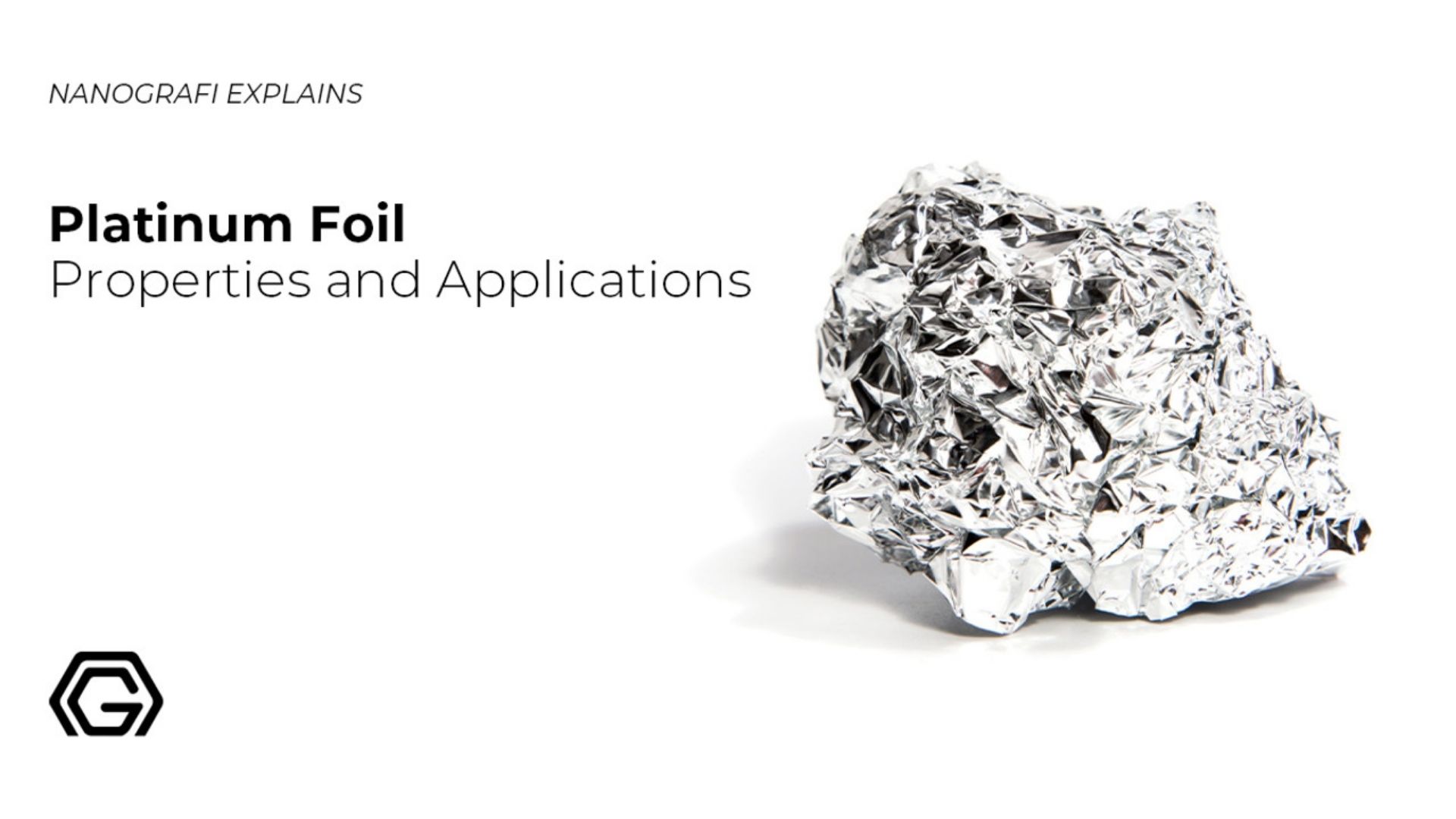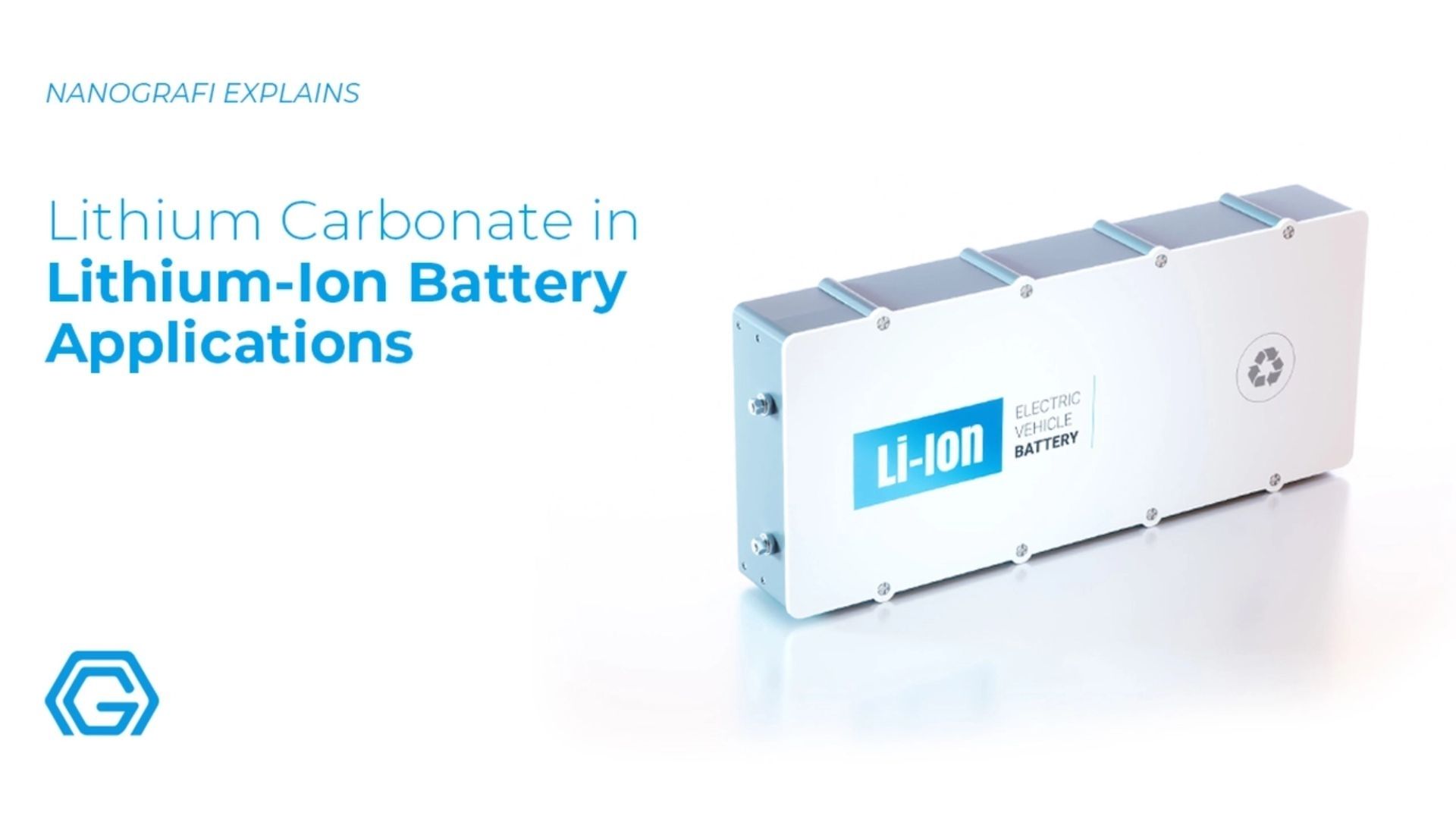Explained: Platinum Foil and Its Properties
Platinum foil is a thin film of platinum metal, either pure or in alloy form, which are available in multiple widths and thicknesses.
It has the inertness and remarkable feature of resistance to corrosion with increased surface area as it is in the form of a foil.
Introduction
Platinum foil is usually silver-white with a shine. It is costly as it is a rare metal. It has a very wide range of applications. Its use in automobile industry is well known. It’s used as a catalyst in several industries such as vegetable oil, fuel cells, etc. is common. It is also used as a standard to many measures as its resistancy to corrosion. It is also used in electronics for its high resistance to heat with melting points of 1768oC. Platinum foil is being utilized by watches and mobile industries and also by jewelers to make luxury items. Apart from these, it is widely being used for experiments and researches and supposed to have a lot of potential in the future.
An Overview of Platinum Foil
Platinum foil is made up of platinum as the name indicates. To start, let’s introduce you to the platinum first. Platinum lies under a “precious metal” category. It lies along with the likes of nickel and copper in the periodic table. Its atomic number is 78 while the symbol in the periodic table is “Pt”. It is a dense, malleable, ductile, highly unreactive, precious, silver-white transition metal. Its name is derived from the Spanish term platino, meaning "little silver".
Platinum is one of the most expensive metals. Its high value is certainly related to its properties which are one of a kind. It is very resistant to corrosion. Even at very high temperatures, it resists the corrosion, and hence it is labeled as the Noble Metal. Due to its very limited reactivity, it is usually found in nature in an uncombined form. It is naturally present in the sand of the few rivers. As it prefers to be in an uncombined form, it can be found in its pure form. It is present in the form of metal nuggets. These are alloyed with other metals of the platinum group usually. Sometimes they are present as a constituent of a mineral ore called sperrylite (platinum arsenide).
It is gathered usually as a side product of Copper and Nickel processing and mining. There are a lot of other techniques to extract this noble metal which is being utilized for commercial procuring. It always has impurities that are later removed by further refining and processing.
Utilization of Platinum Foil
The platinum is most commonly used as a catalyst. It has been used for this purpose from very many years. Ignition of hydrogen was catalyzed by platinum. One of the most important uses of platinum in the automobiles is as a catalytic converter. It permits the thorough burning of low concentrations of non-combusted hydrocarbons from the exhaust into carbon dioxide and vapors. It is also used as a catalyst in oxygen reduction in the fuel cells. Platinum dioxide is also known as Adam’s catalyst which is used for vegetable oils as a catalyst for hydrogenation.
Platinum has been used as a standard for many years. The standard for length, the standard for weight, the standard hydrogen electrode, etc. were all used to be or still are made up of platinum or the alloys of platinum. This is also due to the non-reactive and non-corrosive properties of platinum.
As told before, Platinum is a precious metal. It is used in jewelry also due to its inert nature. Several industries such as mobile, watches, etc. utilize the platinum for their limited editions. Platinum-plated watches and mobiles give extra features and longevity apart from the greater looks. This is considered as a luxury item like gold. Due to these reasons, it is also used as an investment opportunity but its value is very volatile, unlike gold.
Apart from the above-mentioned uses, it is also utilized for commercial development of electrodes, high-quality wires, laboratory containers which are noncorrosive, instruments related to the medical industry, electrical contacts, dental prostheses, dental fillings, and apparatus for scientific laboratories. Moreover, platinum has significant roles in lasers, and in making photographic materials and thermocouples. It is also used as an alloying agent.
To get more information about platinum foil,
you can read our blog post here.
Platinum Foil
Platinum foil is made up of an extremely thin layer of platinum. These are available in different widths and thicknesses. They are customized according to the needs of the application. It can be in a pure form or an alloyed form with other metals. Usual alloys of platinum foils are platinum and rhodium, platinum and manganese, platinum and iridium, platinum and palladium, and also platinum and ruthenium. Usual platinum foil is up to 99.5% pure platinum.
Background
The history of platinum goes back to the times before the Christ but there is no certainty of the exact dates. The use of platinum foils has become common in the 18th century when the beneficial properties of the platinum metal have come to light. Platinum has been found in very old civilizations as old as Egyptians, but it is said that they did not know of its use. It was first added in literature by an Italian scientist Julius Scaliger in 1557. The first major discovery was in 1750 when it was discovered as an impurity present in silver. Because of this, it was named as “little silver” or “white gold”. Its uses have since then kept on increasing at a very rapid pace. One of the oldest recognized use of the platinum foils is in dental veneers. Its inertness and resistance to corrosion are the basis for its applications.
Properties of Platinum Foil
The platinum is a transition metal in group 10 of the periodic table. It has six isotopes. Physically, it is silvery-white, lustrous, malleable, ductile, and have magnetic properties. Its resistance to tarnish and wear is also remarkable. It can resist very high temperatures and only oxidizes at 500oC to PtO2. It is also unreactive chemically but dissolves in hot aqua regia. Halides and oxides are the most common compounds of the platinum. Moreover, it is a soft acid, which has a strong affinity for Sulphur.
Platinum has catalytic properties that help certain reactions to speed up. It has a very high melting point i.e. 1770°C. The boiling point is 3825oC. Its hardness is 4.3 with a relative atomic mass of 195.
Applications of Platinum Foil
- Dental veneers
- Fabrication of electrochemically stable microelectrode arrays
- A counter electrode for the fabrication of supercapacitors
- An enzyme electrode probe for potential usage in biosensors
- Arc-casting, hot-pressing, machining, vacuum-arc melting, casting, custom-alloying, extruding, rolling, cutting, vacuum-sealing, and bonding.
- Electronics industry for electrical contacts which might be subject to high temperatures
To get more information about battery equipments,
you can read our blog post here.
The Use of Platinum Foil in Dental Veneers
The use of platinum foils in dental veneers is very old. This technique has been improving the lives of thousands of people by improving their looks. People having teeth that are not very bright and some with abnormal size naturally without any decay are the people of choice for this technique. After careful observation of the teeth looking for underlying diseases, the dentist makes sure that the platinum foil technique is perfect for the patient. Platinum foil is safely cut according to the size of the teeth and placed on them. It is then subject to many procedures to whiten the teeth utilizing certain dyes and chemicals. The platinum foil is utilized for the build-up of all the ceramic restorations as a support structure. Mostly, this foil is detached and scrapped from the teeth once the porcelain work is done. This process utilized the inertness of platinum to not react to porcelain and when exposed to the reactive chemicals. The teeth whitening is one the most sought-after service from the dentist and so is the role of platinum in this technique. It gives the person a natural bright smile-enhancing his personality and making a lasting first impression. Platinum foil will not bond to the porcelain as it does not oxidize readily.
The Use of Platinum Foil in Electronics Industry
The platinum foil is also used widely in the electronic industry. As explained in its properties, platinum can withstand very high temperatures without undergoing any physical or chemical changes. This property is the main reason for employing it in the electronic industry. Platinum foil is fitted into the electronics where it is assumed that it might be subjected to high temperatures. So, it is used in producing very high-quality heat resistant electronics. From the computers to LCDs, it is utilized in many electronics.
The Use of Platinum Foil as Electrodes
In electrolysis, usually acidified water is used and acid is very reactive to the metals. The use of platinum as an electrode is due to its inertness and non-reactiveness. Platinum is highly resistant to acid and also a non-irritant. Because it’s a noble metal, it is a very reliable and long-lasting electrode. But using a platinum foil instead of a simple electrode is more beneficial. This is because the platinum foil ensures a much greater surface compared to that of a wire electrode. That fulfills the condition that the working electrode (having a much smaller surface compared to that of the auxiliary electrode) becomes the current limiting electrode, i.e. the observed current flowing through the cell, depends on the electrode processes taking place on the working electrodes and not those taking place on the surface of the auxiliary electrode.
The Use of Platinum Foil in Scientific Research
Platinum has a wide variety of uses in scientific research. It is used as a standard for many things. It is used as an electrode in many experiments. It is used as a catalyst for several chemical reactions. It is beings used for the fabrication of electrochemically stable microelectrode arrays. The future is very bright for this metal due to its properties. It is seen to have limitless potential in the commercial industry. It has been researched for a role in medical sciences. Recently it has been designed for electrical stimulation of nervous tissue and electrophysiological recordings. It is also being tested as a potential use in biosensors. It is a non-irritant for the human body which makes it an ideal metal for the uses inside and outside the body.
Conclusion
Hence, the platinum foil is a foil of platinum or one of its foils with the properties of inertness and remarkable resistance to corrosion. Due to these properties, it is already an important part of many industries most importantly including automobiles as a catalytic converter. Likewise, it is also used as a catalyst in several other industries, for example, vegetable oil, fuel cells, etc. and as a precious metal in jewelry, luxury items, watches, etc. In the future, it has much more scope as the rapid research on its hidden features is underway and new possibilities are being explored.
To get more information, you can visit Blografi.
References
https://en.wikipedia.org/wiki/Platinum
https://cutt.ly/iVhK70P
https://cutt.ly/SVhLwZG
https://www.researchgate.net/post/Why_some_people_are_using_platinum_foil_instead_of_platinum_electrode_as_a_counter_electrode
https://www.explainthatstuff.com/platinum.html
Recent Posts
-
Nanocomposites in Food Packaging
The utilization of nanocomposites in food packaging represents a significant advancement in the fiel …19th Apr 2024 -
What is the Difference Between 7075 and 6061 Aluminum Alloy?
When comparing 7075 aluminum alloy to 6061 aluminum alloy, it's essential to understand their disti …5th Apr 2024 -
Iron-Air Batteries: The Ultimate Guide
Iron-air batteries represent a significant breakthrough in energy storage technology, offering a sus …29th Mar 2024








